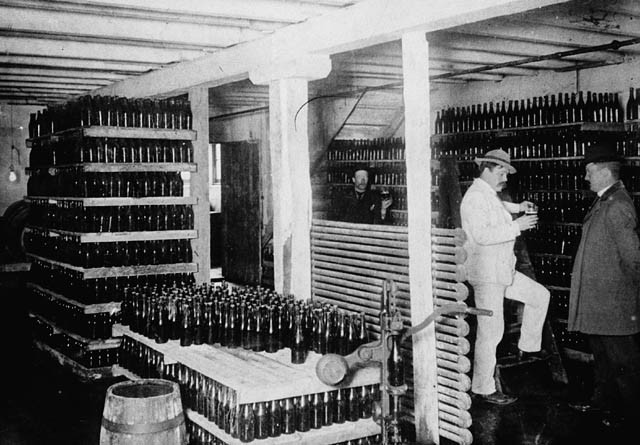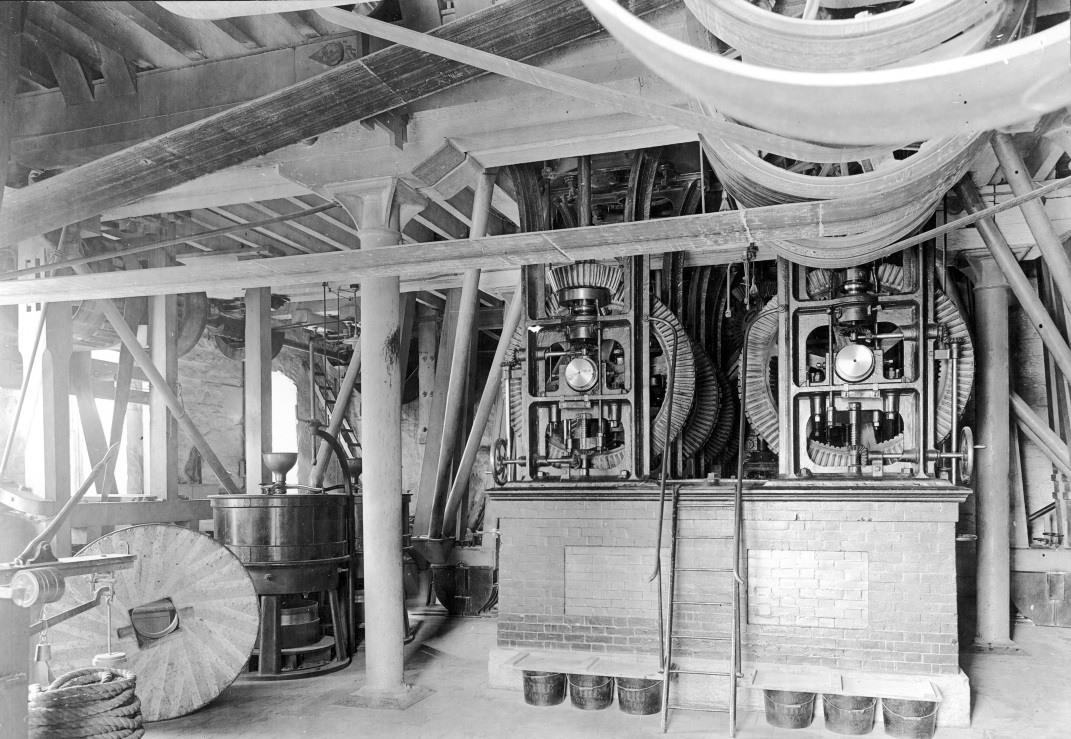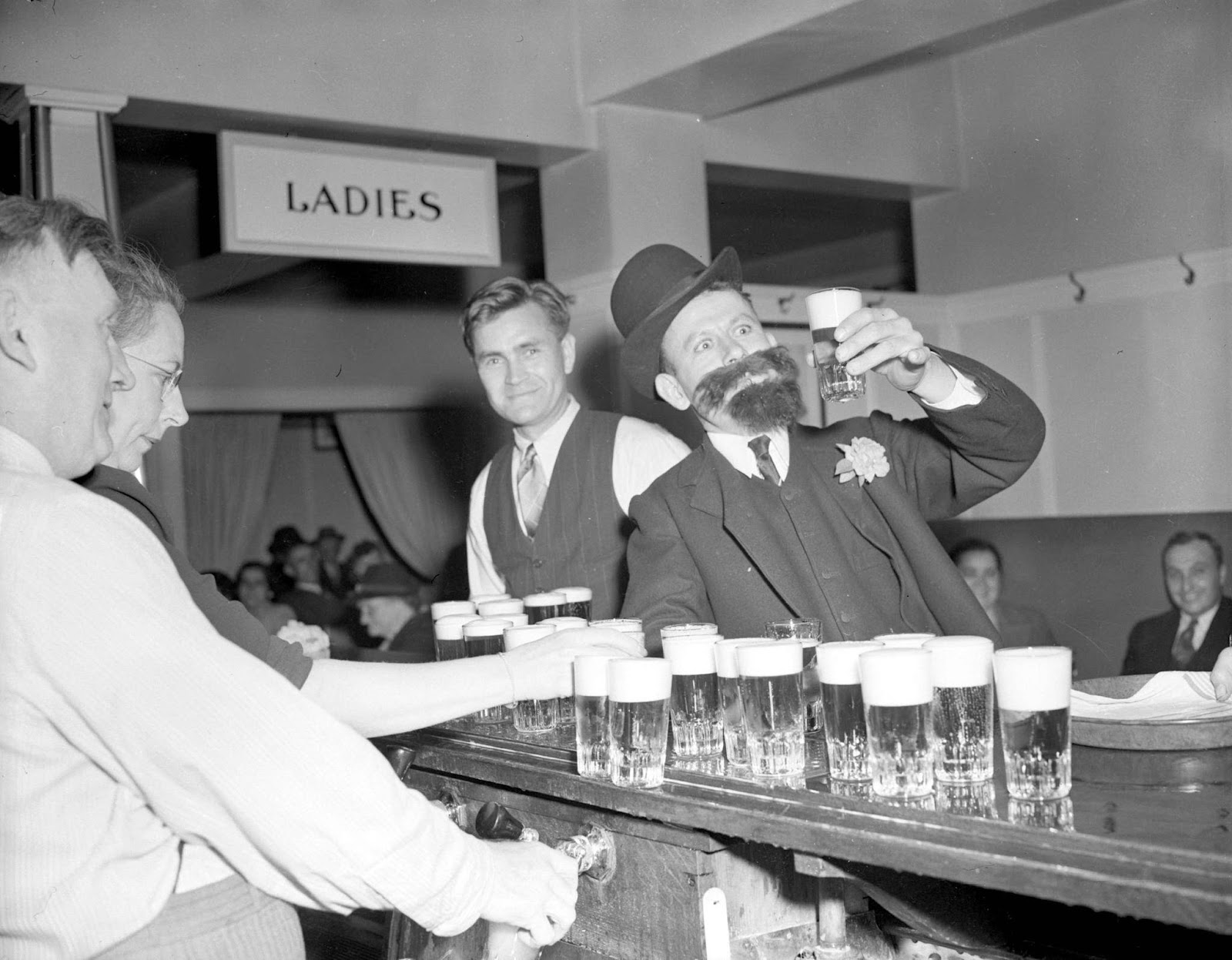From the first days of Toronto’s founding, its citizens had the opportunity to enjoy alcoholic beverages. Torontonians often abused beer, whiskey and other spirits because of free access to them. Learn more about the appearance of the first alcohol in Toronto and its features at toronto-future.
The first producers

In 1837, William Gooderham founded Toronto’s first distillery near the Don River. He used surplus grain to make wine. Before that, William, together with his friend James Worts, became the founders of the milling business.
Gooderham and Worts began actively selling their product called “middlings” to local distilleries, which used it in the production of whiskey. By the way, whiskey was the most popular alcoholic drink in that period.
Unlike beer, whiskey is more resistant to storage and, in addition, it has higher alcohol content than other drinks. It was made of readily available ingredients. Thus, whiskey was much cheaper than imported alcohol. The first batch of Gooderham whiskey was produced in Toronto in 1837.
In 1861, Gooderham & Worts built one of the most modern distilleries in Canada at the time, producing over 2 million gallons of whiskey a year. By 1877, the Gooderham & Worts distillery was recognised as the largest in the world. It featured large facilities, which included a private wharf, grain elevators and a cooper’s shop where barrels were made.
During the First World War, the distillery stopped operating. Production resumed after the end of the war. In 1923, it was bought out by businessman Harry C. Hatch. Four years later, he merged Gooderham & Worts with Hiram Walker & Sons Ltd. The newly created company continued to produce alcohol under the G&W brand.

Torontonians tasted beer for the first time in 1800. It was then that Robert Henderson opened the first brewery. The residents and immigrants gave the greatest preference to ale and porters, which were produced at small local enterprises, such as taverns and breweries.
With the growth of the city, the brewing industry actively developed as well. Manufacturers began to improve their brewing technologies. Gradually, beer production was centralised in larger enterprises, such as Copland’s Brewing Co. and Toronto Brewing and Malting Co. They were increasing the volumes of production of their delicious and intoxicating drink.
In 1820, Mr. Colland established his own brewery too. In 1882, it was sold and the complex was modernised and expanded. It occupied more than five acres of territory and involved 50 workers. By 1886, the plant produced more than 25,000 barrels of ale and porter per year.
Big problems

People abused alcohol because it was freely available. Therefore, the city acquired special associations that helped its residents overcome addiction. They held regular meetings and developed a number of programmes.
Throughout the 19th century, such organisations encouraged people to lead healthy lifestyles. In addition, in that period, a Dry Law was introduced, which proclaimed a ban on the sale of alcohol. Subsequently, the effects of the temperance movement were felt more and more strongly. Associations actively cooperated with the city authorities. A vivid example of their impact on people was the Junction neighbourhood in Toronto. After the introduction of a Dry Law, the sale of alcohol within the district was prohibited from 1904 to 1997.
In the early 20th century, provincial governments introduced many additional laws to ban alcohol. Prince Edward Island became the first to implement a dry law in 1900, restricting the production, sale and consumption of alcohol.
Despite the law, people made and consumed intoxicating drinks on their own. In 1927, Prohibition fuelled black markets and made it easy for Toronto booze to enter the US black market.